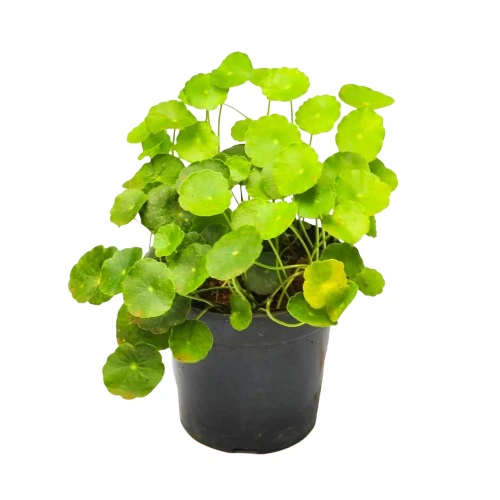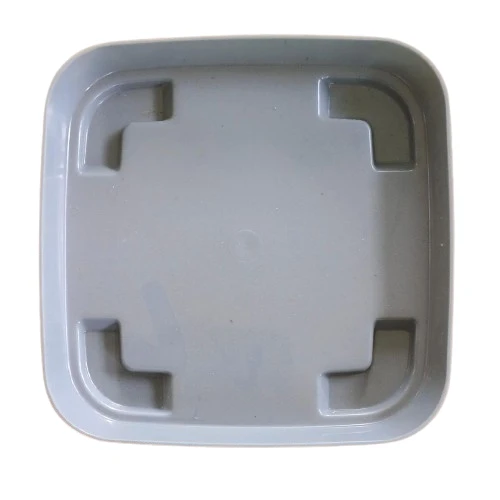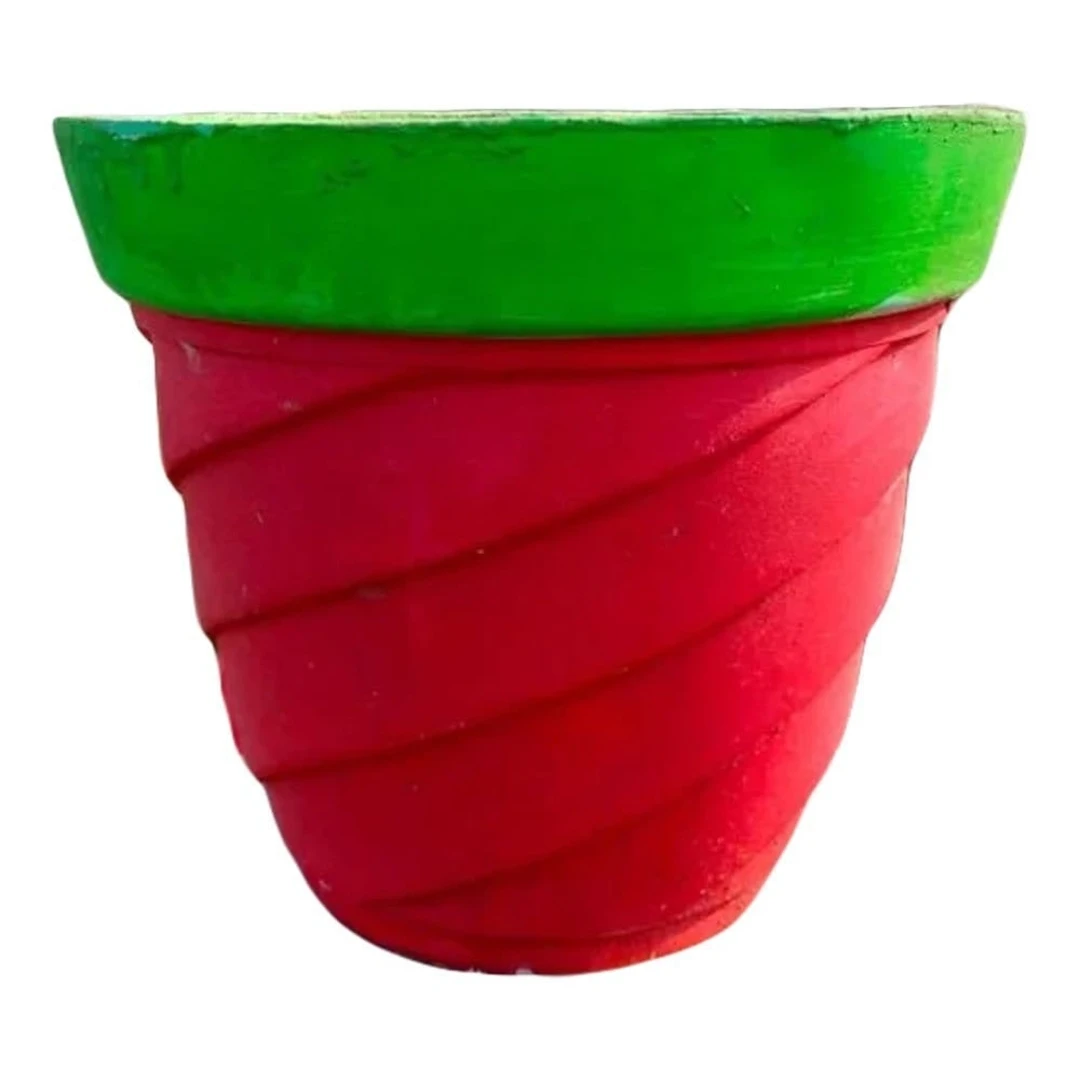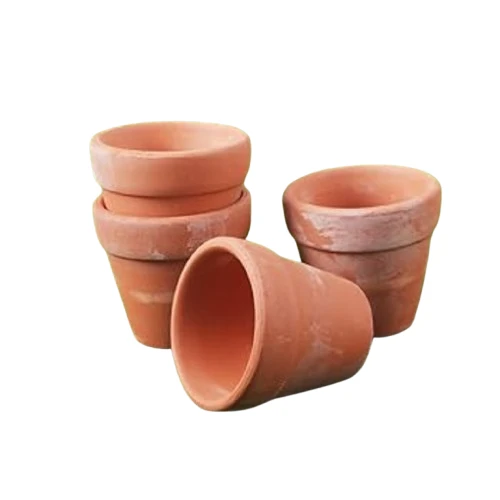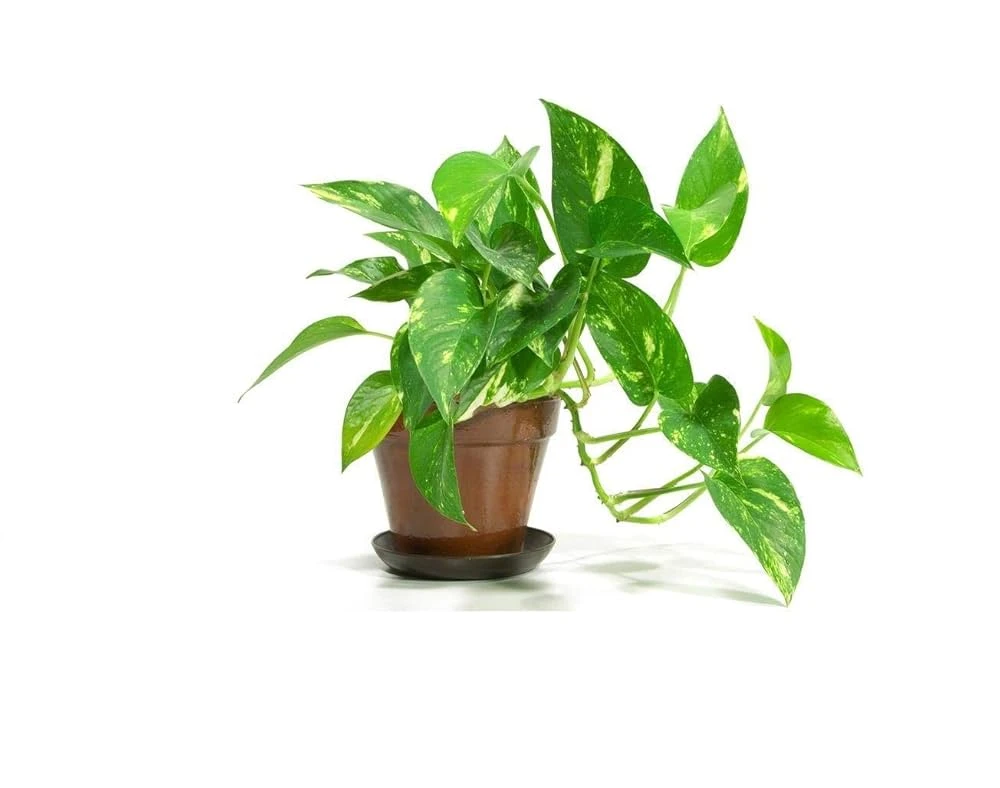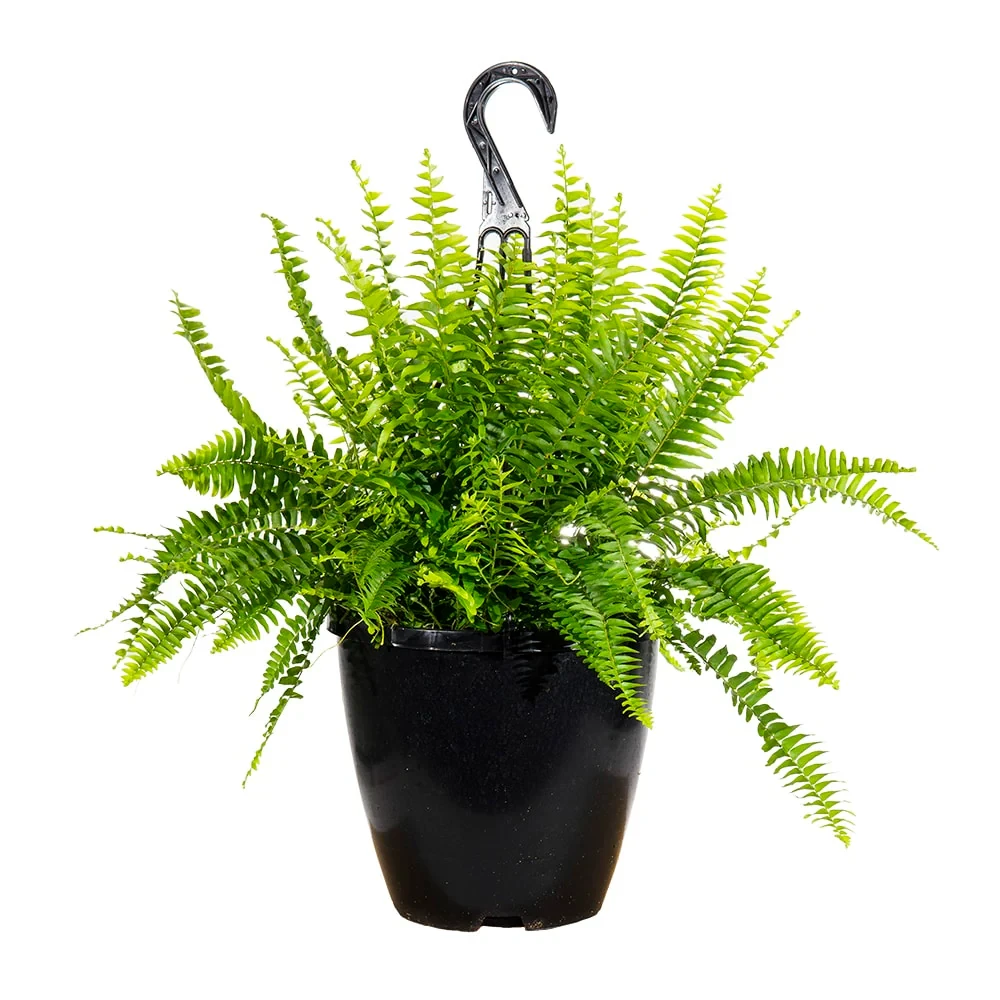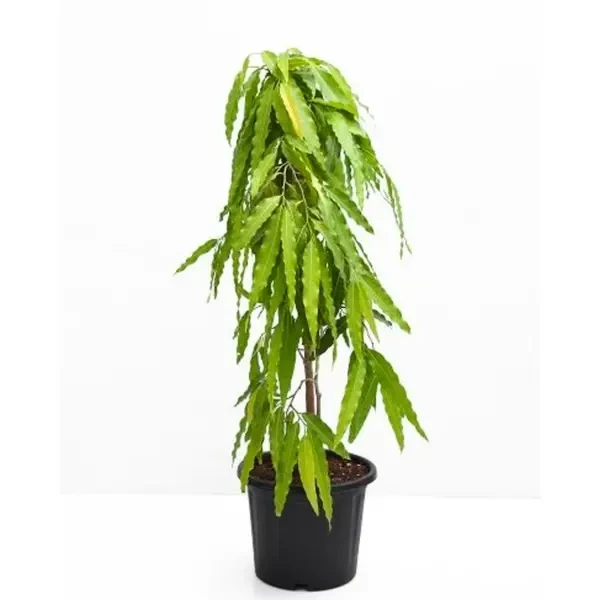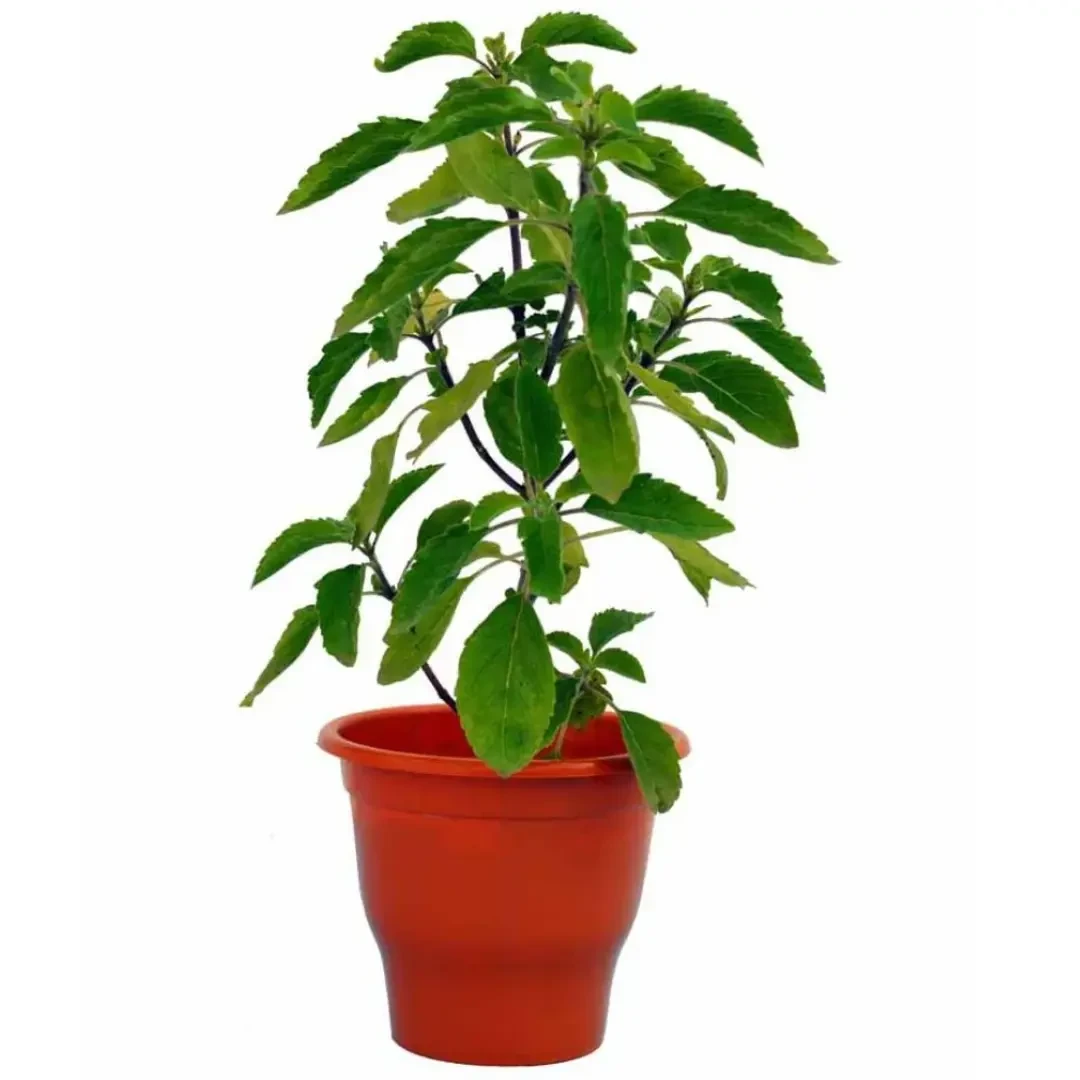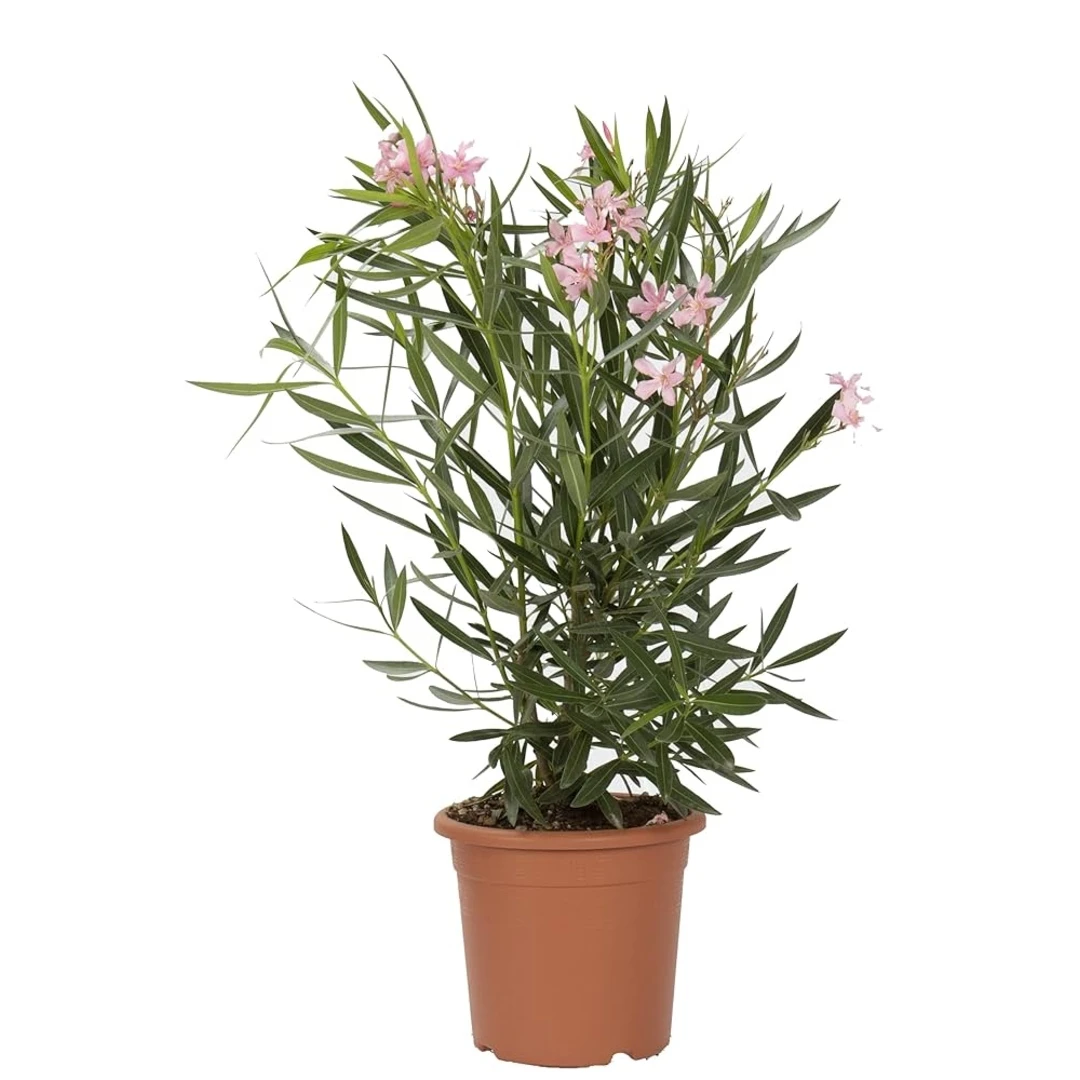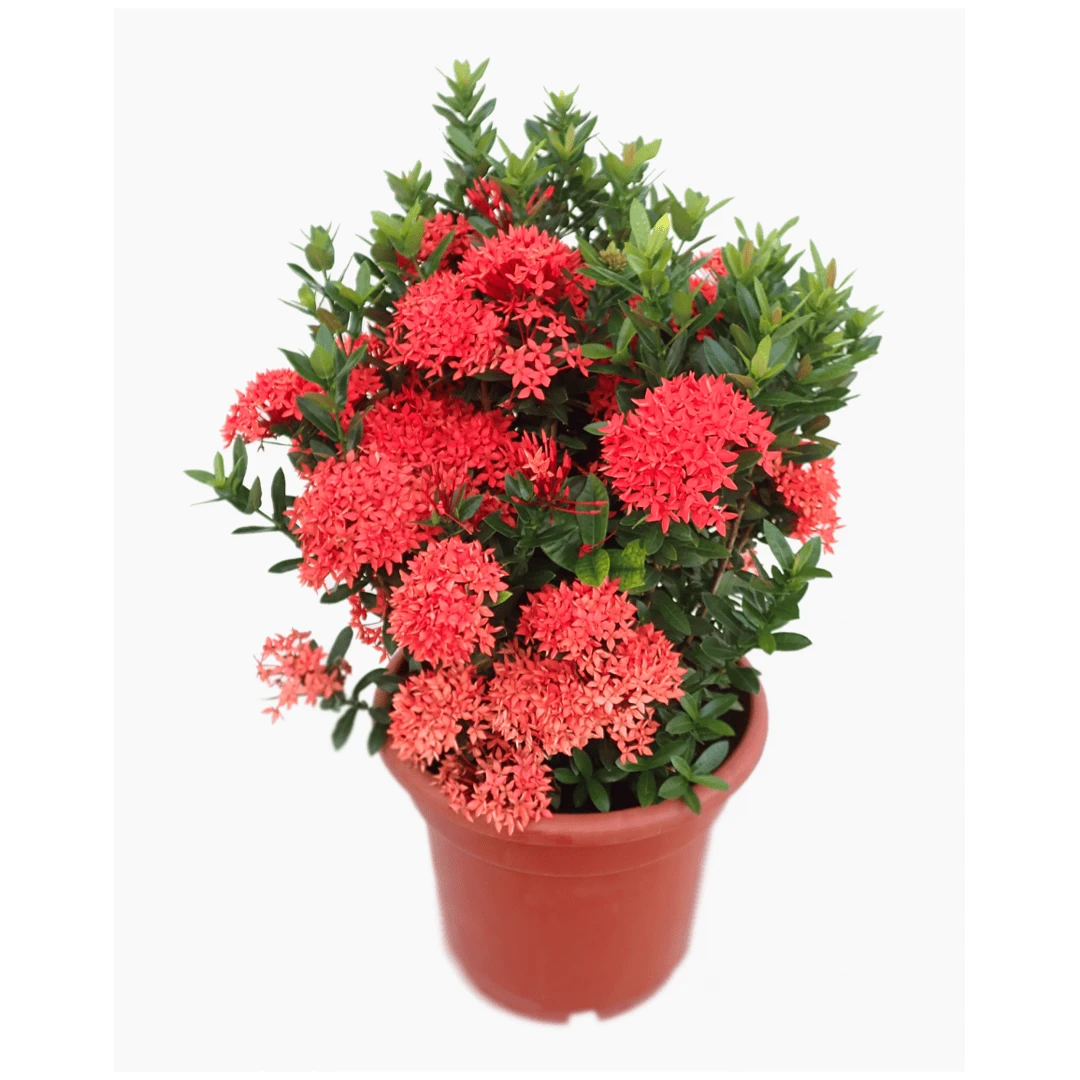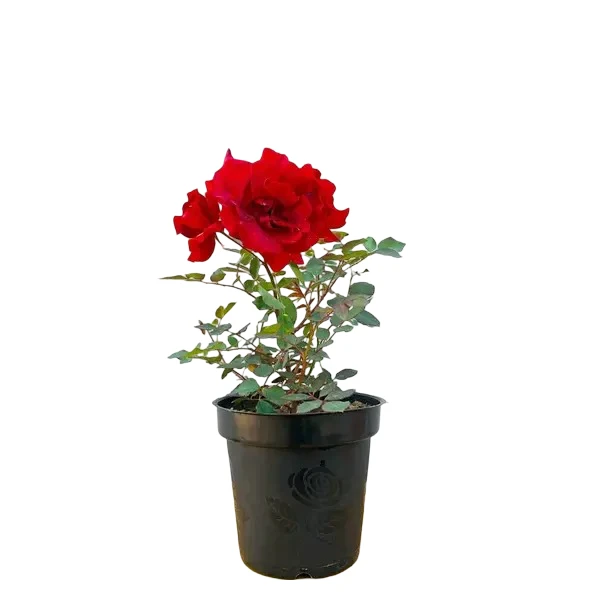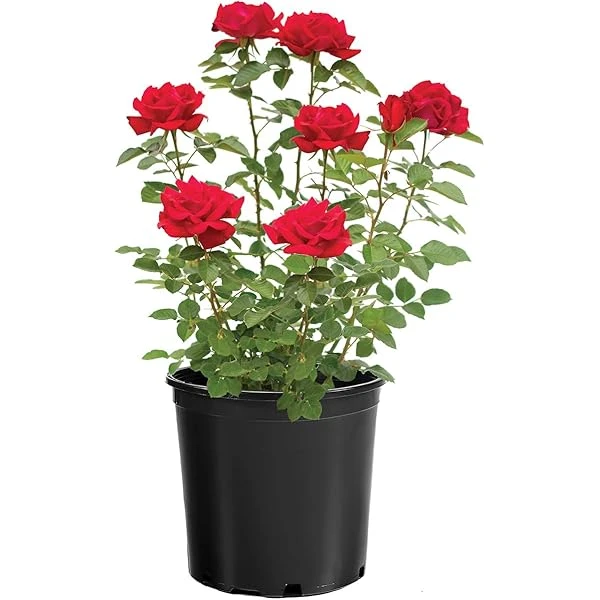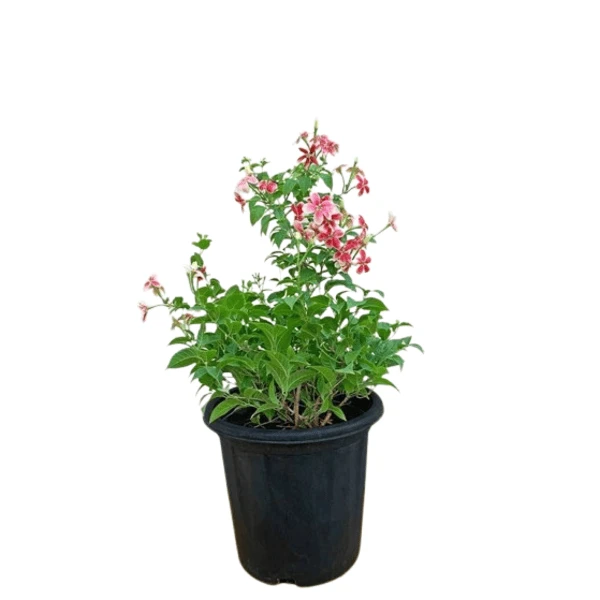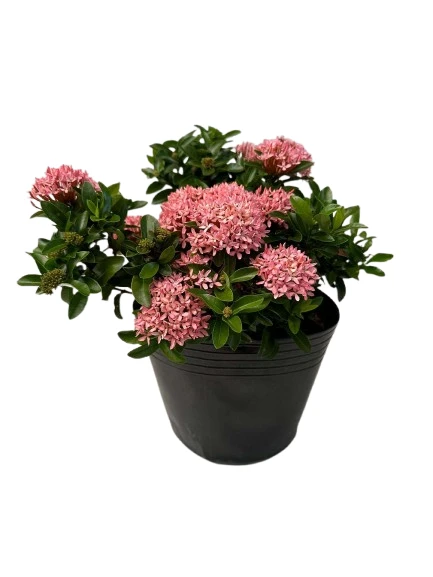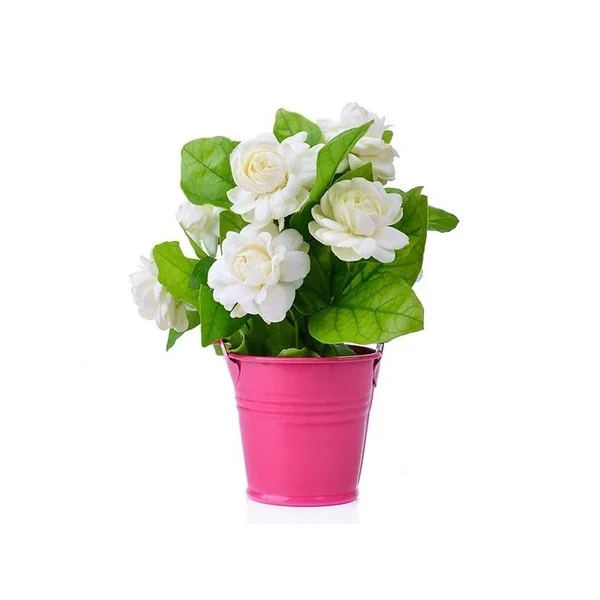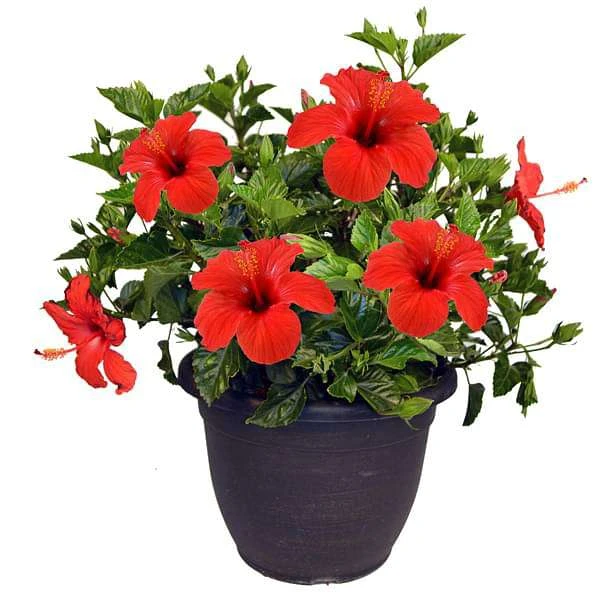Brahmi, scientifically known as Bacopa monnieri, is a creeping, perennial herb with numerous branches, often found in marshy areas and near water sources. It has small, white or pale blue, five-petaled flowers and fleshy, oblong leaves arranged oppositely along the stem. The plant is known for its medicinal properties and is used in traditional Ayurvedic medicine.
Here's a more detailed description:
Overall Appearance:
Brahmi is a small, creeping or prostrate herb, forming mats on the ground.
It has numerous branches that root at the nodes (where leaves attach to the stem).
The plant can grow up to 2-3 feet in height, with branches extending 10-35 cm long.
Leaves:
Leaves are simple, small, fleshy, and oblong, arranged oppositely along the stem.
They are typically 4-6 mm thick.
The leaves are often glossy and sessile (without a stalk).
Flowers:
Flowers are small, solitary, and axillary (growing from the leaf axil).
They are typically white or pale blue in color, with 4-5 petals.
The flowers are often described as having a faintly two-lipped corolla (the petals).
Roots:
The plant's roots are often branched and develop from the nodes of the stem.
They are typically whitish cream in color.
Habitat:
Brahmi thrives in moist and damp environments, such as marshy areas, wetlands, and the edges of streams and ponds.
It can tolerate a variety of soil types, including sandy, clayey, and organic soils.
It is found throughout India and other tropical and subtropical regions.
Other Names:
Brahmi is also known as Bacopa, Water Hyssop, Thyme-leaved gratiola, and Herb of Grace.
It is called "Brahmi" in Sanskrit, derived from "Brahman," referring to the cosmic consciousness.



